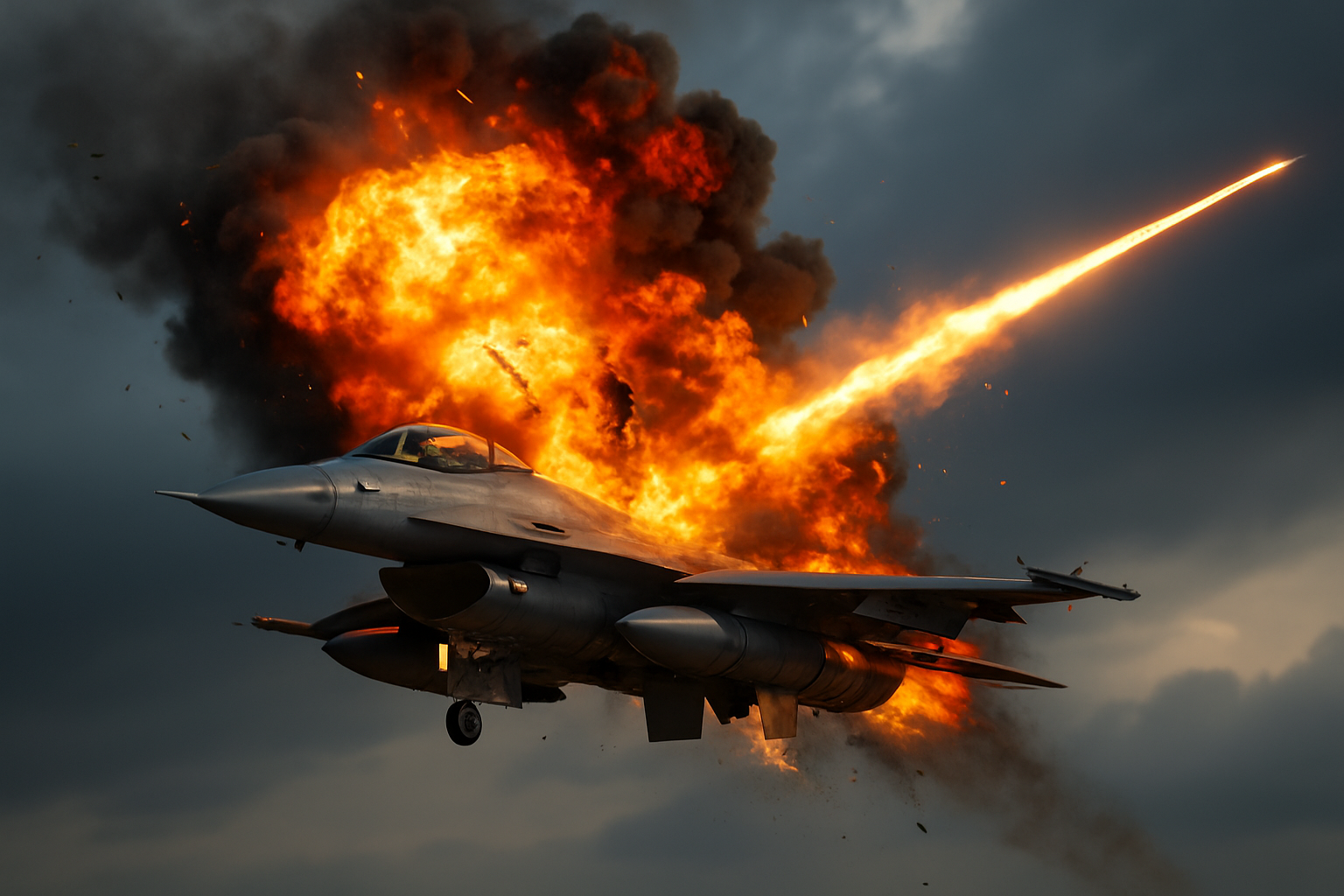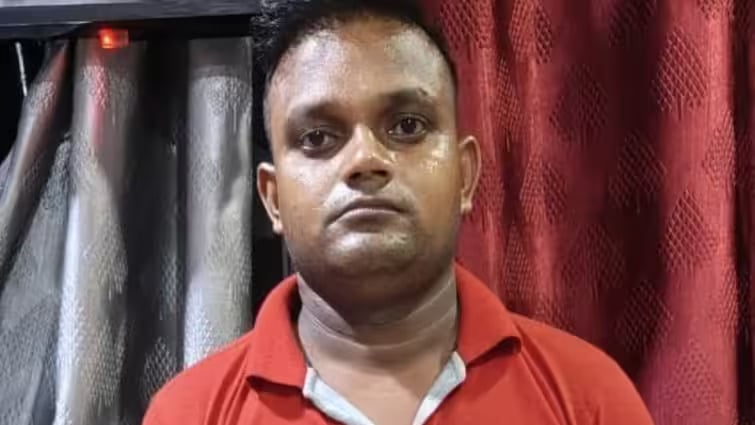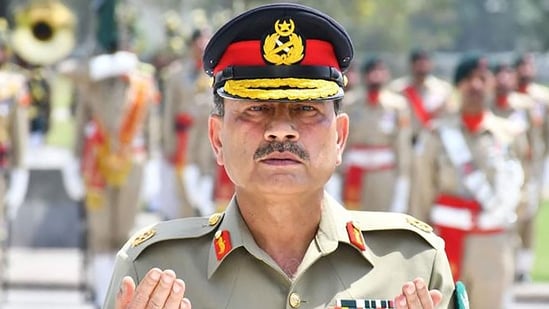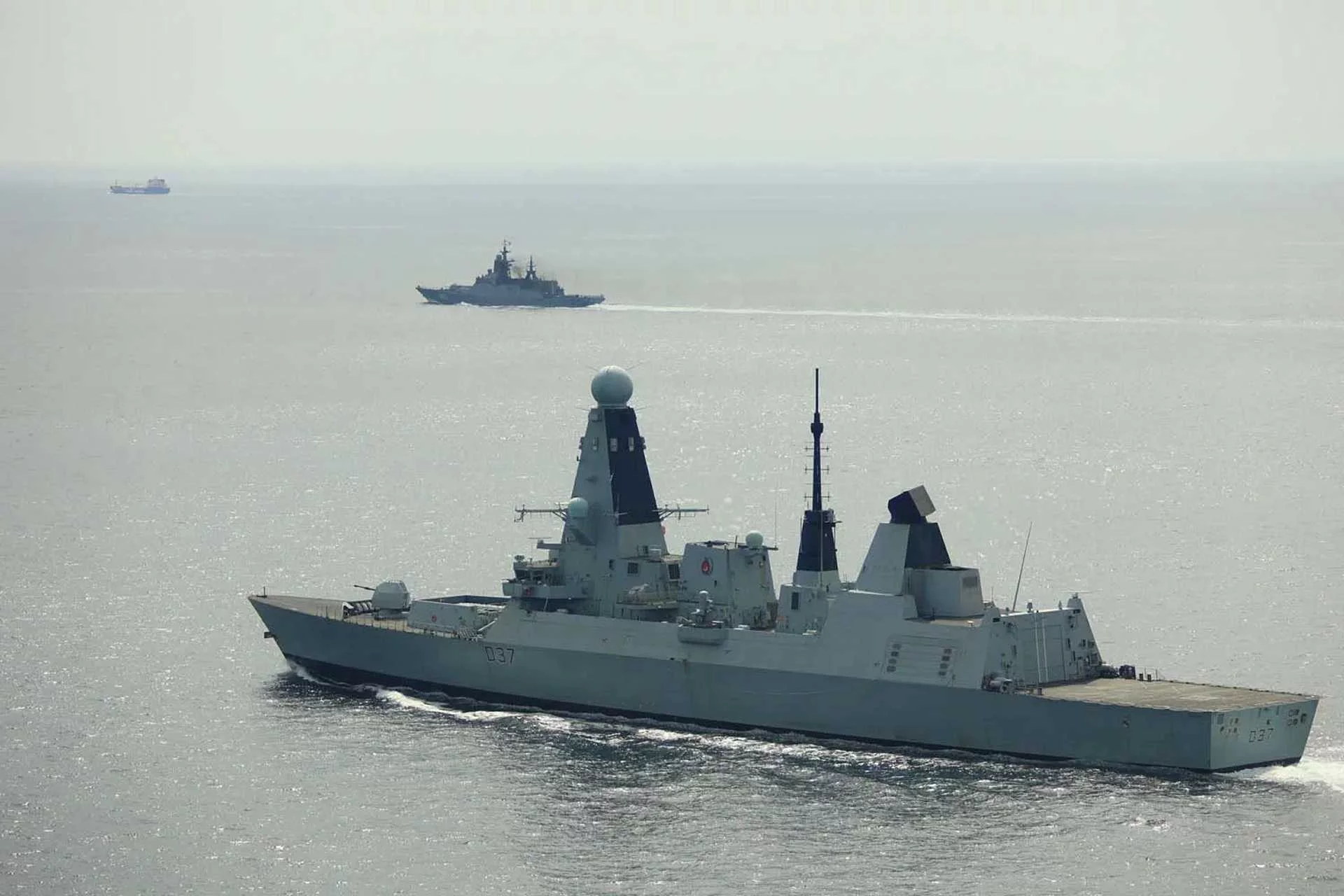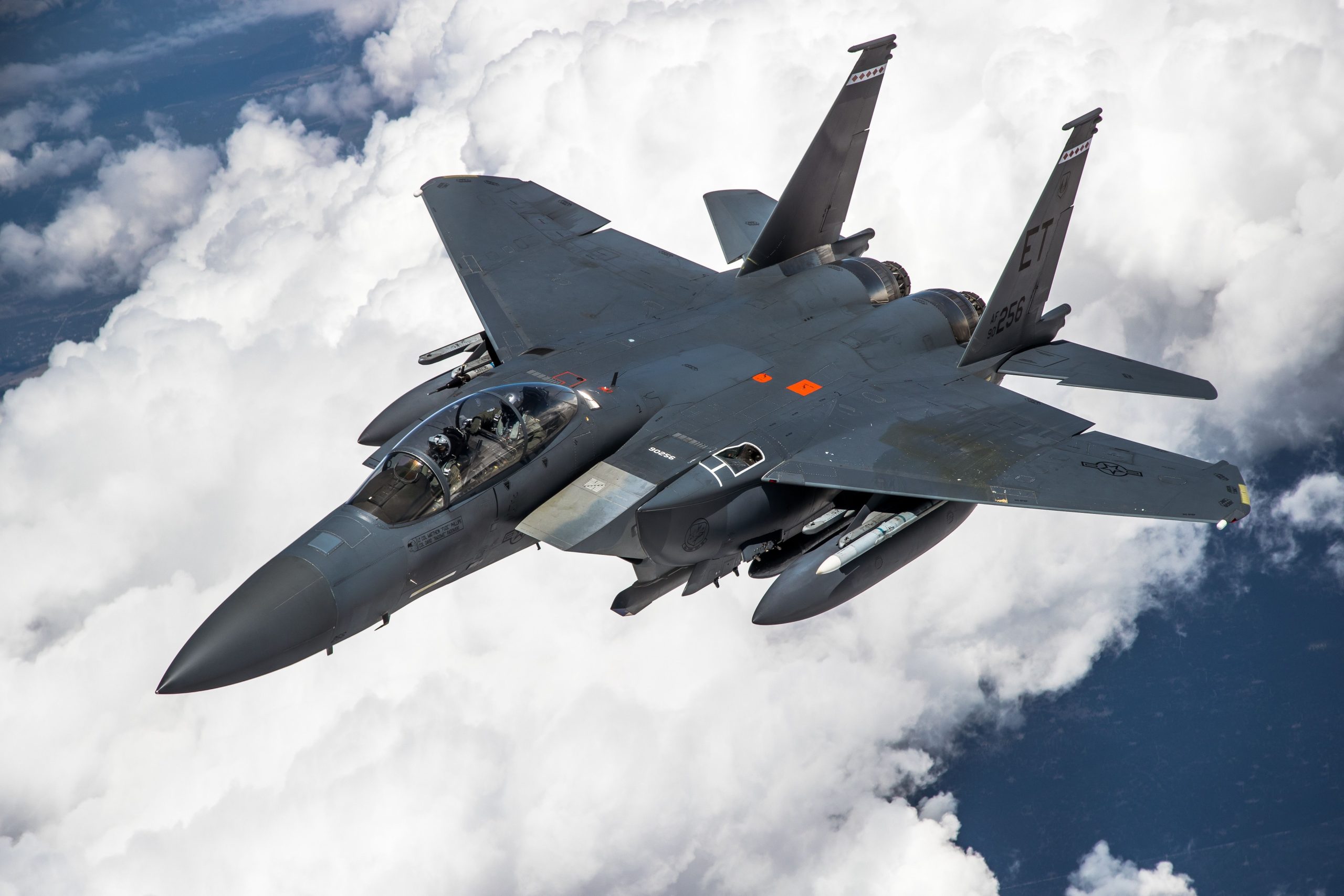Fourth Ukrainian F-16 Lost in Combat as Pilot Dies Repelling Massive Russian Airstrike
Ukraine’s Air Force confirmed the loss of another F-16 fighter jet in a deadly night engagement against an intense Russian…
Retired Military Leaders Inspect Karbi Anglong Site for Upcoming Sainik School
A high-level delegation comprising retired senior military officials and Assam government representatives conducted an in-depth site inspection on Friday at…
Former Soldier Arrested in Sitapur for Cheating Youth with False Job Promises
The Uttar Pradesh Special Task Force (STF) has arrested Rahul Kumar, a former soldier, for impersonating an Indian Army colonel…
Asim Munir Escalates Rhetoric, Threatens India While Calling Pakistan a Regional Stabiliser
In yet another combative address, Pakistan’s Field Marshal General Asim Munir accused India of launching two "unprovoked attacks" and vowed…
British Royal Navy Deploys Warships and Helicopters to Track Russian Warship in English Channel
In a focused four-day operation in June 2025, the British Royal Navy deployed warships and helicopters to monitor and escort…
U.S. Commits $3.1 Billion to Continue Boeing F-15EX Production, Enhancing Air Force Combat Readiness
The U.S. Department of Defense has proposed a $3.1 billion allocation in its Fiscal Year 2026 budget to continue the…

